Considering artificial turf for your residential or commercial space? You’re making a smart choice! Artificial grass offers low-maintenance beauty and exceptional durability. However, just like natural grass, synthetic turf comes in various types, each with unique characteristics and benefits. Understanding these differences is crucial for selecting the best option for your needs.
Understanding the Types of Artificial Turf:
Artificial turf provides a hassle-free alternative to natural lawns, but choosing the right type is essential. Here’s a breakdown of the three main types of artificial grass, along with their pros and cons:
1. Nylon Artificial Turf: The Heavy-Duty Choice:
- Description:
- Nylon is the strongest and most durable type of artificial turf.
- It can withstand high temperatures and heavy traffic without losing its shape.
- Pros:
- Exceptional durability and resilience.
- Ideal for high-traffic commercial applications.
- Cons:
- Stiffer texture, which may not feel as natural.
- Higher cost compared to other options.
- Not always the best choice for residential lawns where softness is prioritized.
- Ideal For:
- Commercial properties, sports fields, and areas with heavy use.
2. Polyethylene Artificial Turf: The Soft and Natural Option:
- Description:
- Polyethylene is known for its soft texture and natural appearance.
- It comes in vibrant green colors that mimic real grass.
- Pros:
- Soft and comfortable underfoot.
- Realistic look and feel.
- Versatile for landscaping, golf courses, and athletic fields.
- Cons:
- May require occasional brushing or raking to maintain its shape.
- Can be less durable than nylon in very high traffic situations.
- Ideal For:
- Residential lawns, putting greens, and moderate-traffic sports fields.
3. Polypropylene Artificial Turf: The Budget-Friendly Option:
- Description:
- Polypropylene is the most affordable type of artificial turf.
- It offers a cost-effective landscaping solution.
- Pros:
- Lower initial cost.
- Suitable for budget-conscious projects.
- Cons:
- Least durable and resilient.
- May not withstand heavy traffic or high temperatures.
- Less natural appearance compared to other options.
- Shorter lifespan.
- Ideal For:
- Light-traffic areas or temporary landscaping projects.
Choosing the Right Turf for Your Needs:
When selecting artificial turf, consider the following factors:
- Traffic: How much use will the area receive?
- Budget: How much are you willing to invest?
- Appearance: How important is a natural look and feel?
- Durability: How long do you want the turf to last?
For expert advice and high-quality artificial turf solutions in Los Angeles, contact Desert Turf.
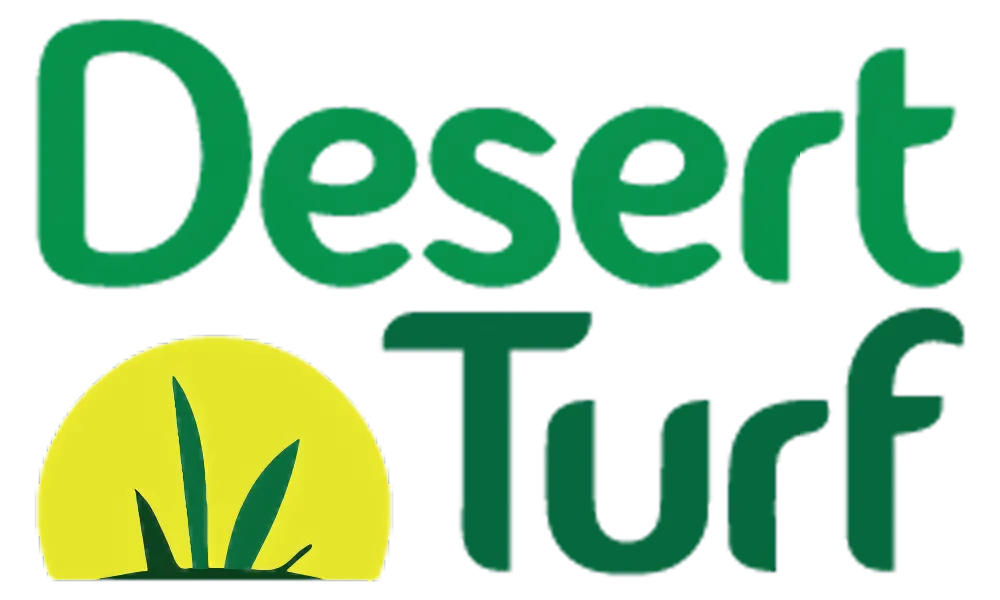



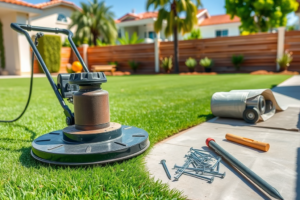
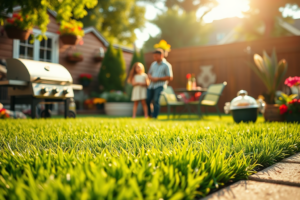




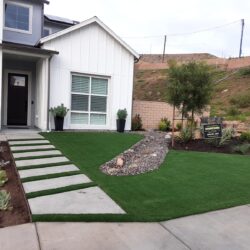
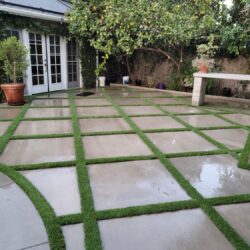



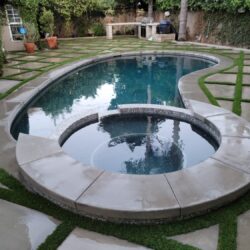
Leave a Reply
Your email is safe with us.